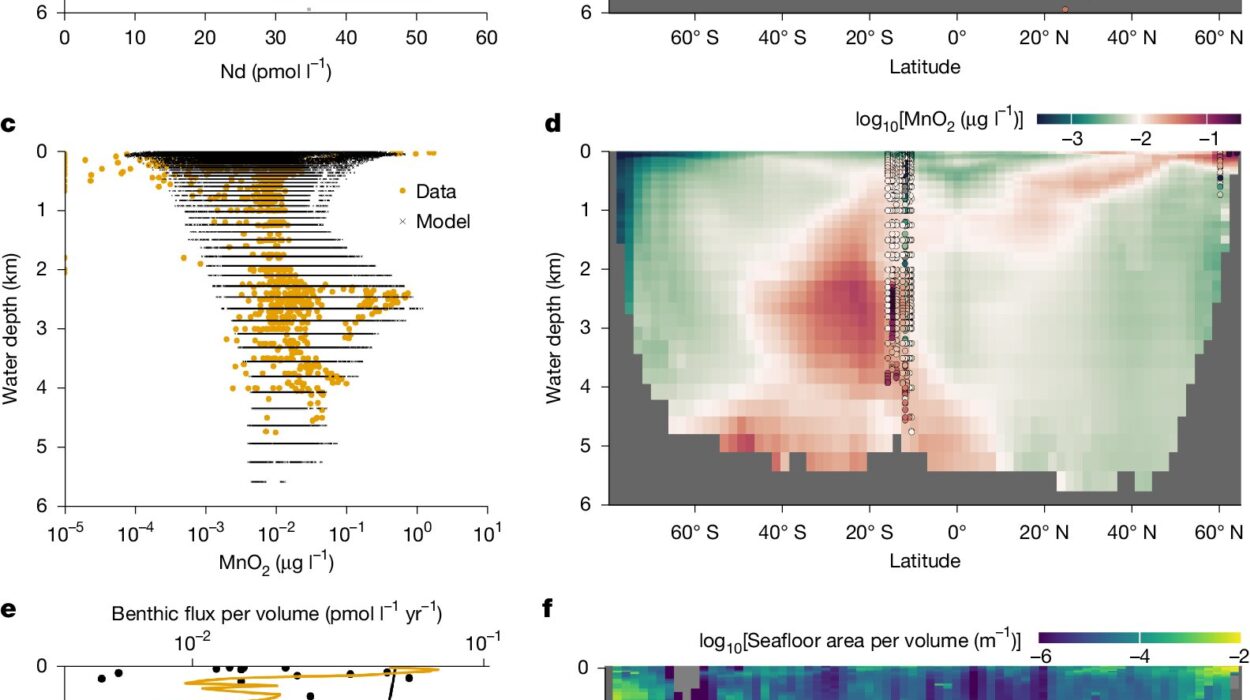In the quiet corridors of climate research institutes and the chaotic swirl of real-world weather disasters, a single truth is becoming louder, clearer, and harder to ignore: the planet is running out of time.
According to the latest Indicators of Global Climate Change report, published this week in Earth System Science Data, the remaining carbon budget to keep global warming within 1.5°C—the critical target outlined in the 2015 Paris Agreement—is vanishing at an alarming rate. If current greenhouse gas emissions continue unabated, the threshold could be crossed in just over three years, making the dream of a stable climate increasingly distant.
The research, led by Professor Piers Forster of the Priestley Centre for Climate Futures at the University of Leeds, reveals that the central estimate of the remaining carbon budget stands at just 130 billion tons of carbon dioxide (CO₂) starting in 2025. At today’s pace of emissions, that slim allowance could be used up by 2028.
“We’re watching the carbon clock tick down faster than ever,” Forster said. “Temperatures have risen every year since the last IPCC report in 2021, and emissions remain at record highs. We’re not just failing to act fast enough—we’re accelerating in the wrong direction.”
Not a Future Crisis—A Present Reality
The numbers are sobering. In 2024 alone, the world likely experienced a global surface temperature rise of 1.52°C above pre-industrial levels. Of that, 1.36°C was directly attributed to human activity.
While a single year’s breach does not violate the Paris Agreement—designed around longer-term averages—the trend is undeniable. Scientists stress that these readings are not outliers. In fact, 2024’s record heat is described as “alarmingly unexceptional” given the trajectory of anthropogenic climate change.
Human activity, primarily through the burning of fossil fuels and widespread deforestation, has dumped an average of 53 billion tons of CO₂ equivalent into the atmosphere each year over the past decade. Even sectors that temporarily dipped during the COVID-19 pandemic, like international aviation, have returned to pre-pandemic levels. The result? Unrelenting warming and cascading impacts across Earth’s interconnected systems.
A World in Fast-Forward
To grasp how quickly the climate is changing, consider this: the most recent decade (2015–2024) was 0.31°C warmer than the previous one (2005–2014). That pace of change is about 0.27°C per decade—upending the comfortable illusion of gradual warming.
This acceleration is not just an academic concern. It’s reshaping the world in real time, driving more intense heatwaves, longer droughts, stronger hurricanes, and more frequent floods. Maximum land temperatures have risen faster than the global average—reaching up to 1.9°C above pre-industrial levels over the last decade.
“The rapid warming we’re seeing has already pushed many regions into dangerous territory,” said Prof. Joeri Rogelj, Director of Research at the Grantham Institute. “Every fraction of a degree matters. The difference between 1.5°C and 1.6°C could mean millions more facing water stress, crop failure, or life-threatening heat.”
The Oceans Are Boiling Over
As temperatures rise, the Earth’s oceans are absorbing more of the excess heat—around 91% of it. But the consequences of that heat are rising to the surface.
“The ocean reached record-high temperatures globally in 2024,” said Dr. Karina von Schuckmann of Mercator Ocean International. “Warmer waters lead to higher sea levels, more powerful storms, and massive stress on marine ecosystems like coral reefs.”
Between 2019 and 2024, global mean sea level rose by roughly 26 millimeters—more than double the long-term rate observed since 1900. Altogether, the sea has risen by approximately 228 millimeters since the beginning of the 20th century. These seemingly small shifts in centimeters are already translating into devastating real-world impacts.
“Rising seas make storm surges more dangerous, accelerate coastal erosion, and threaten low-lying communities around the world,” said Dr. Aimée Slangen of the NIOZ Royal Netherlands Institute for Sea Research. “And the frightening part is that much of this future rise is already locked in.”
Warming from Within
The climate crisis is not just about surface temperatures. At its core lies an imbalance in the Earth’s energy budget. Greenhouse gases are trapping more heat than the planet can emit back into space, causing an ever-growing accumulation of energy—mostly in the oceans, but also in the land and atmosphere.
This energy imbalance has doubled since the 1970s, a sign that our planet is warming not just steadily, but increasingly rapidly.
At the same time, emissions of sulfur dioxide—an industrial byproduct that can cool the planet by reflecting sunlight—have declined due to air quality regulations. While this is a net positive for human health, it means that a natural, if dirty, counterweight to warming has diminished. Without these cooling aerosols, the heating effect of greenhouse gases is even more potent.
“Relying on dirty pollutants to cool the planet was never a solution,” Forster said. “Now, with cleaner air, we’re seeing the full intensity of human-driven warming. It’s like removing the handbrake on a downhill train.”
The Case for Urgent, Total Action
Despite the alarming findings, scientists emphasize that the world still has choices. But those choices are growing fewer—and harder—with each passing year.
To avoid overshooting 1.5°C for multiple decades, global greenhouse gas emissions must fall rapidly. Net-zero CO₂ emissions must be reached globally by the early 2050s, and deep reductions must begin immediately.
This will require a total transformation of the energy sector, a phaseout of fossil fuels, a revolution in land use and agriculture, and massive investments in climate adaptation and mitigation.
It also means tackling non-CO₂ emissions like methane—a powerful but short-lived greenhouse gas—and rethinking global consumption patterns, from food systems to transportation.
“This is not just about science—it’s about will,” said Prof. Rogelj. “We know what’s happening. We know why. And we know how to stop it. But we’re still not acting fast enough.”
The Time We Have, The Choices We Face
The carbon budget for 1.5°C warming could be gone in just three years. That for 1.6°C or 1.7°C might vanish in nine. And while the Paris Agreement was written to guide long-term averages, every record-breaking year chips away at the stability future generations will inherit.
The 2024 update of the climate indicators added two new components—sea level rise and global land precipitation—to a total of ten key markers of planetary health. This comprehensive dataset, curated by over 60 scientists from around the world, offers leaders a current, science-backed map of Earth’s climate crisis.
And yet, that map is only useful if someone follows it.
As the planet heats and the warnings grow more urgent, what remains is not a question of data, but of courage. Humanity stands at a narrowing crossroads. We still have the tools to choose a livable future—but only if we act faster than the world is warming.
Because in the end, the carbon budget isn’t just a number.
It’s a countdown.
Reference: Forster et al, Indicators of Global Climate Change 2024: annual update of key indicators of the state of the state of the climate system and human influence, Earth System Science Data (2025). Preprint: essd.copernicus.org/preprints/essd-2025-250/






